A&A CORVETTE C6 SUPERCHARGER SYSTEM
INSTALLATION INSTRUCTIONS FOR THE C6 CORVETTE

A&A CORVETTE PERFORMANCE C6 SUPERCHARGER

GETTING STARTED
Proper installation of this supercharger kit requires general automotive mechanic knowledge and experience. Please browse through each step of this instruction manual prior to beginning the installation to determine if you should refer the job to a professional installer/technician. Please contact A&A Corvette if you need assistance.
Keep in mind that many of these steps do not necessarily need to be completed in the order they are shown in this manual.
NOTE: The car will require PCM reprogramming after the installation. The car may be driven AT LIGHT THROTTLE ONLY with the stock injectors prior to tuning in order to check for leaks, belt alignment or even to drive it to the tuning shop. Any application of too much throttle will throw the car into “reduced power” mode. You will have pull over, shut the car off for 10 seconds and restart in order to proceed.
We can provide a base tune that will make the car drivable but we still recommend professional dyno tuning to verify the settings so you can get the most out of your car.
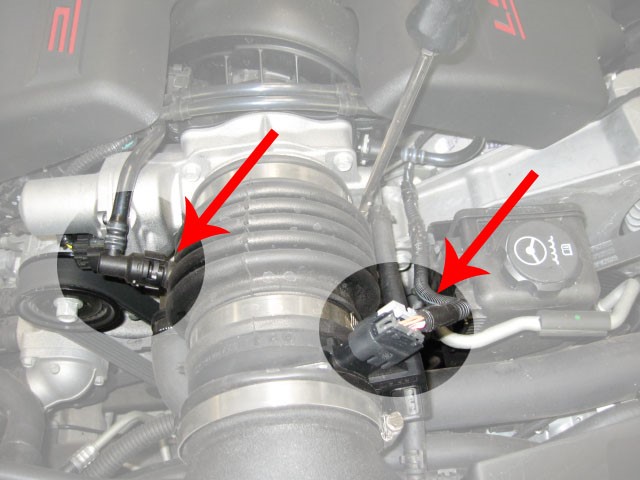
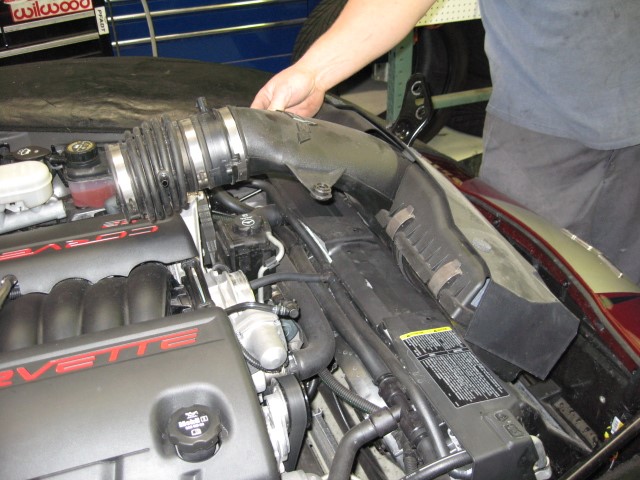
(VALVE COVER BREATHER HOSE, MAF CONNECTOR AND AIR FILTER ASSY REMOVED)
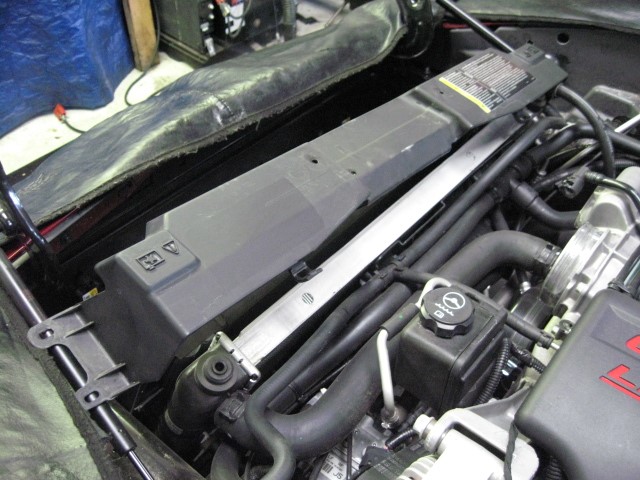
(TOP RADIATOR COVER)

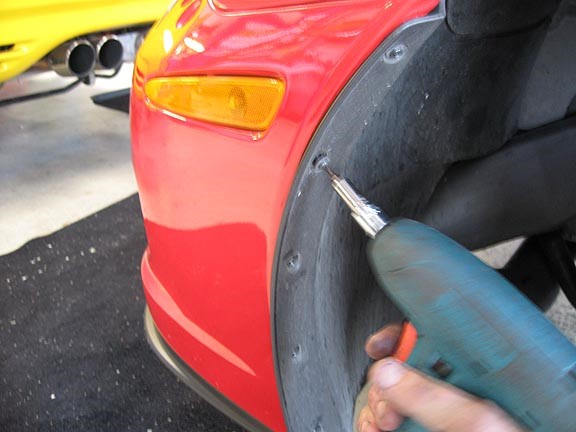
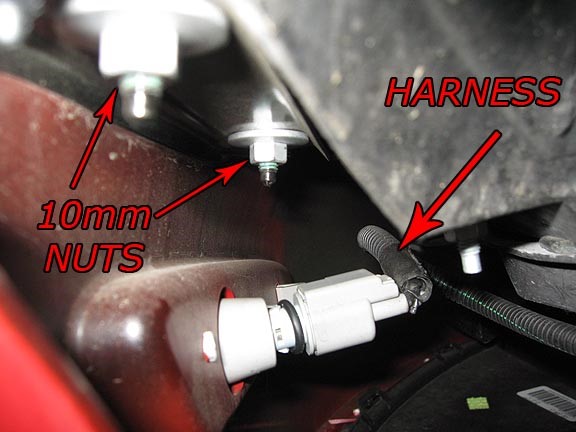
PINNING THE CRANKSHAFT PULLEY: THE STEERING RACK DOES NOT NEED TO BE REMOVED TO PIN THE CRANKSHAFT
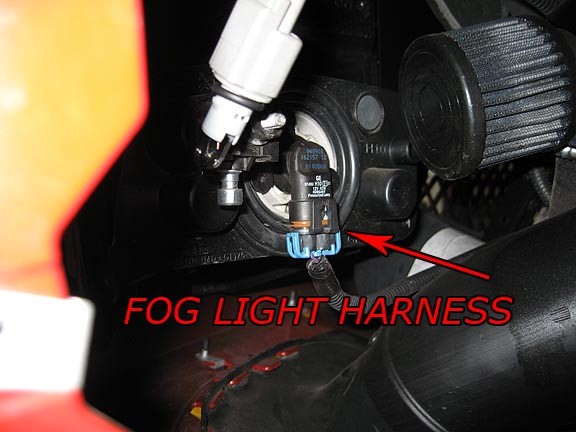
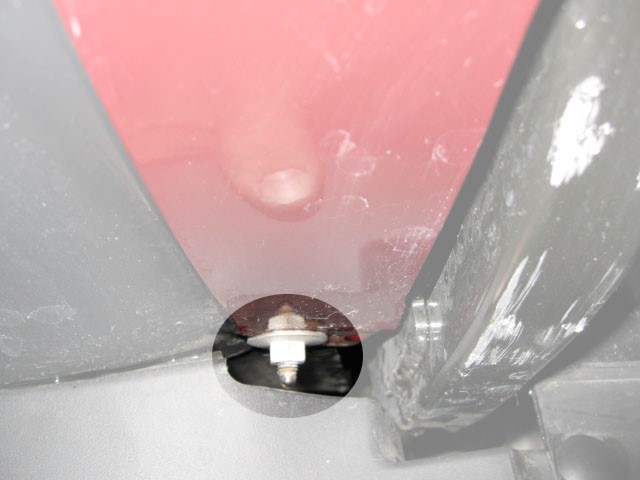
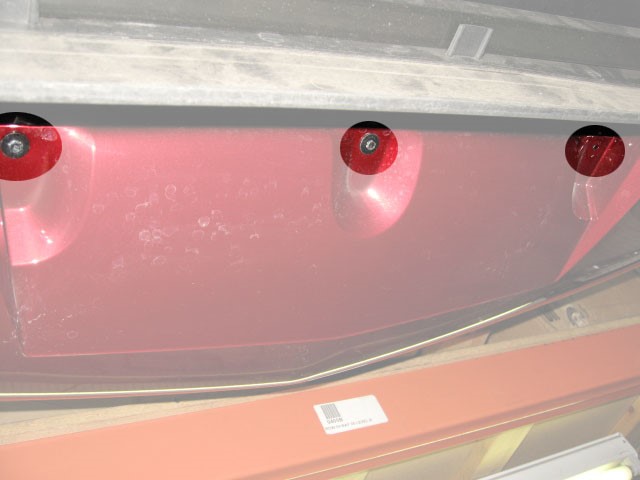

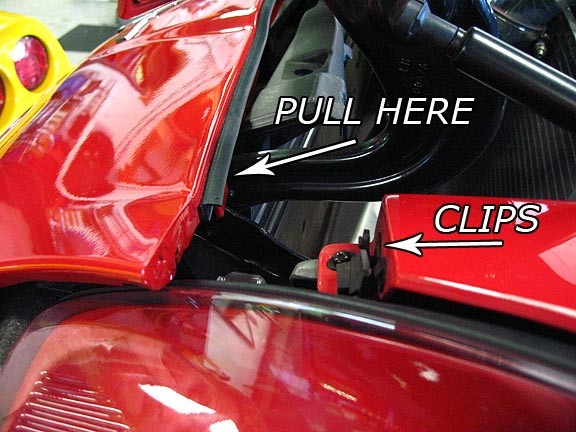
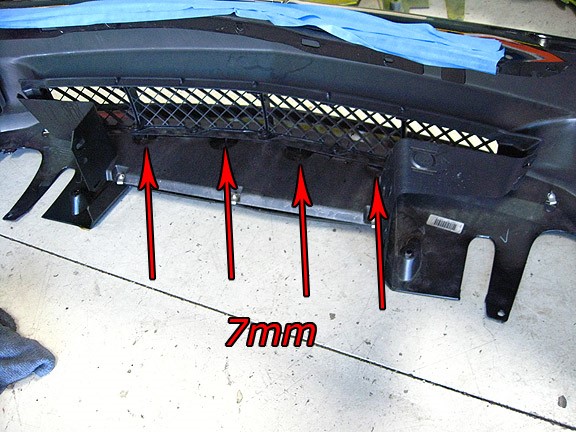
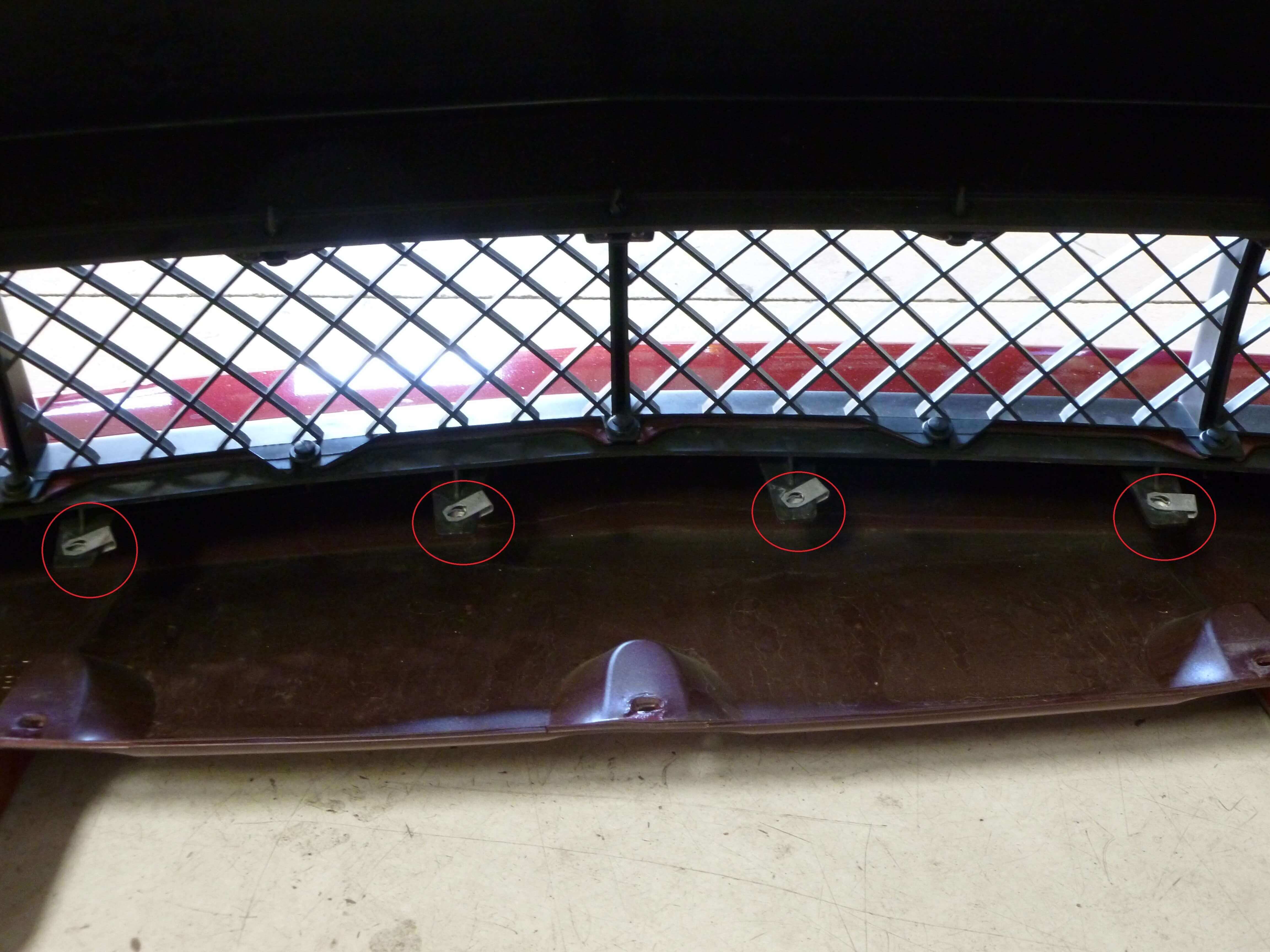
REMOVE FACTORY BELT
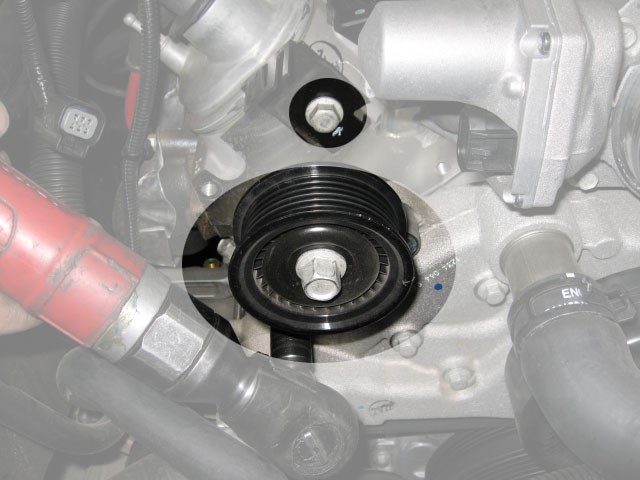
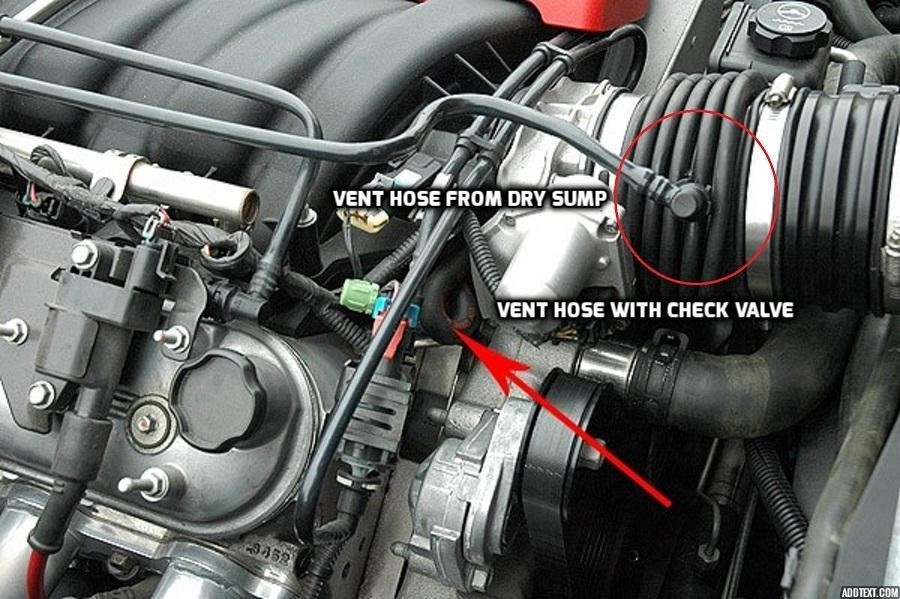




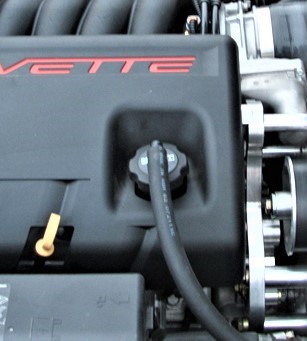
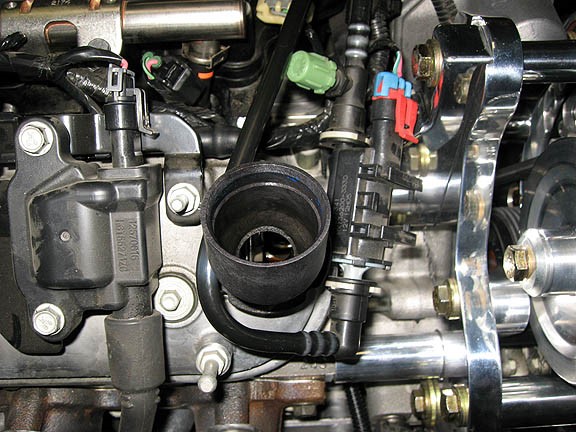
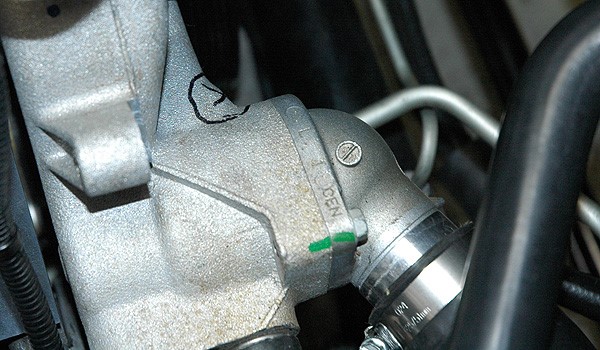

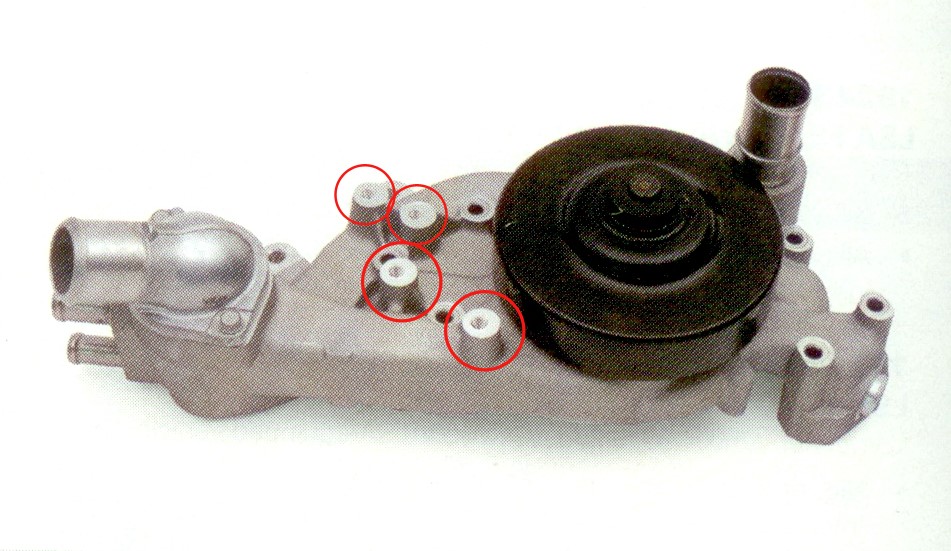
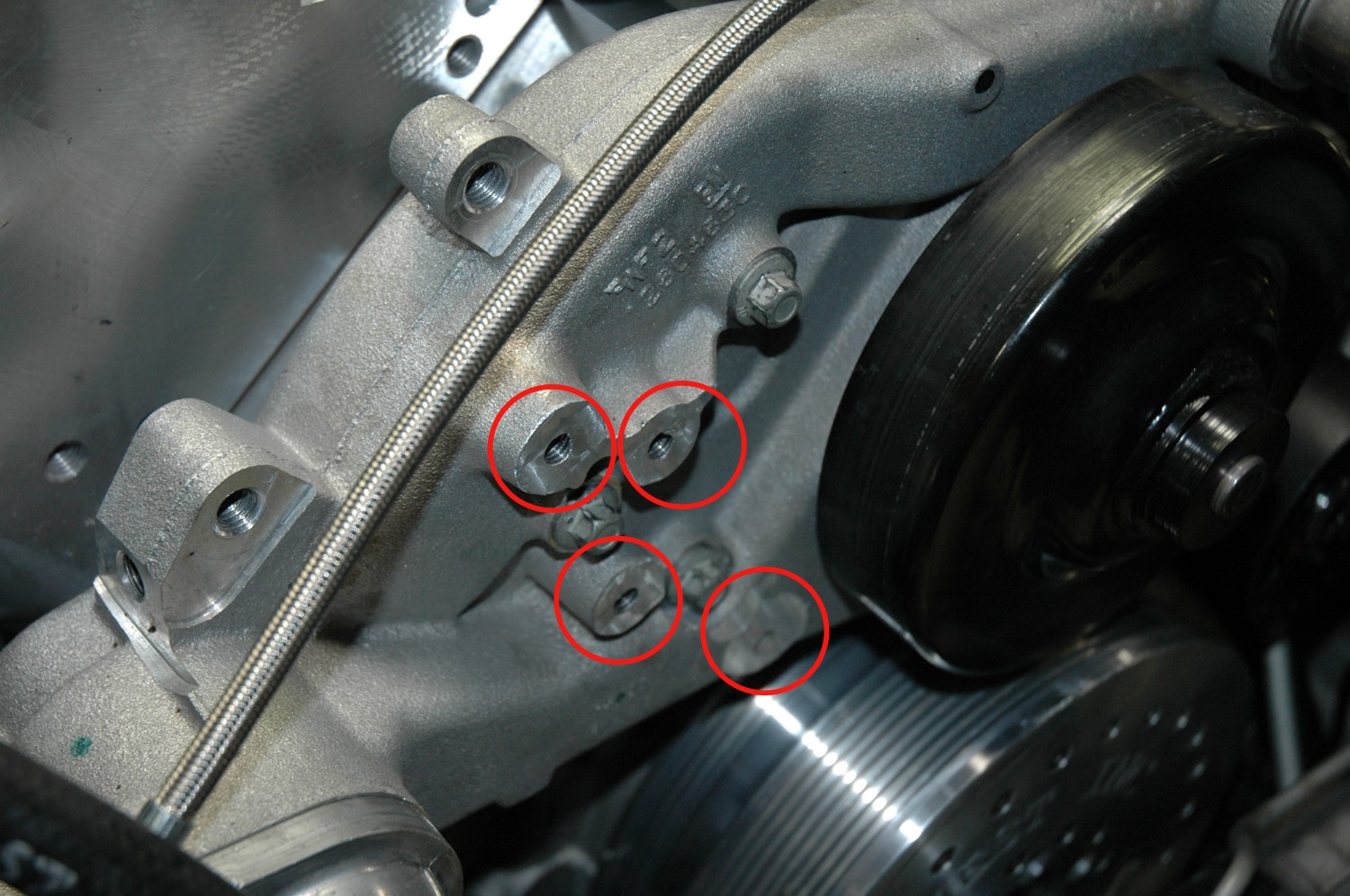


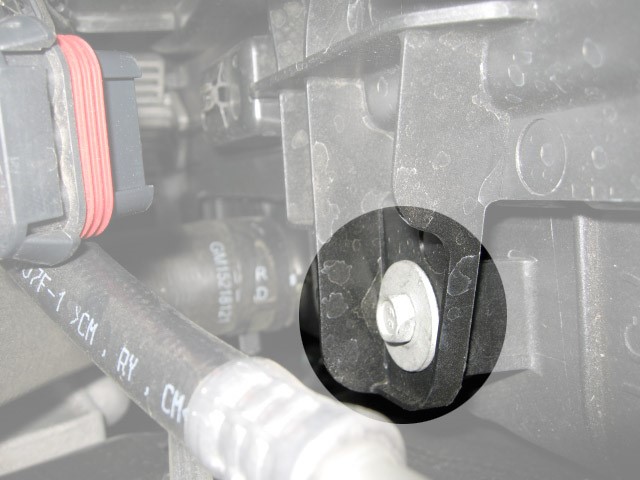
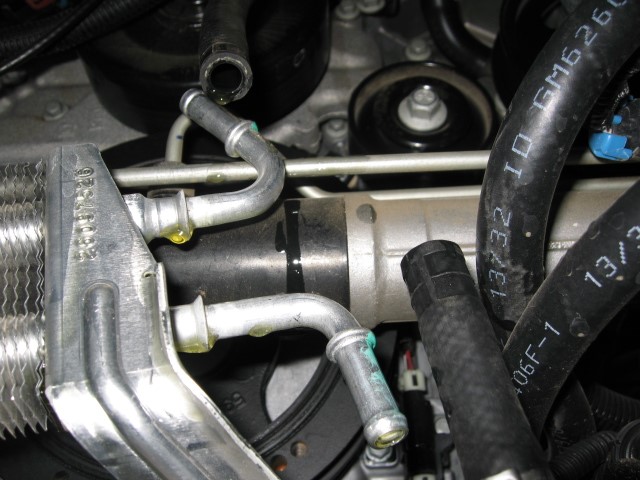
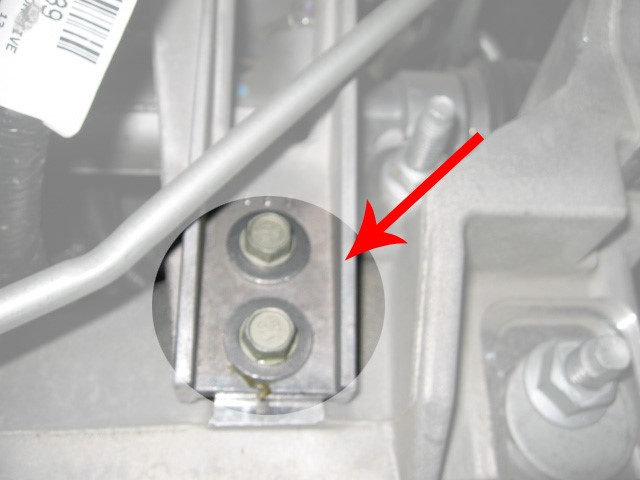

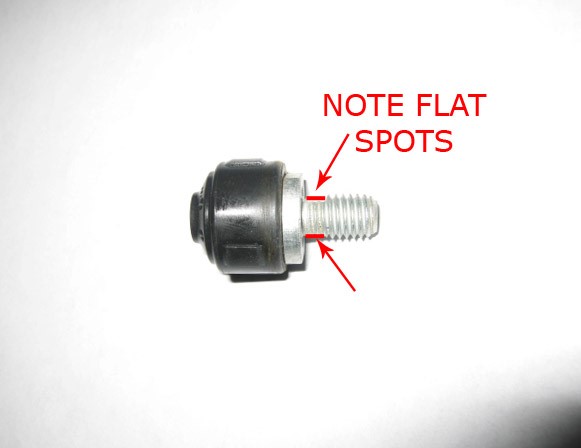
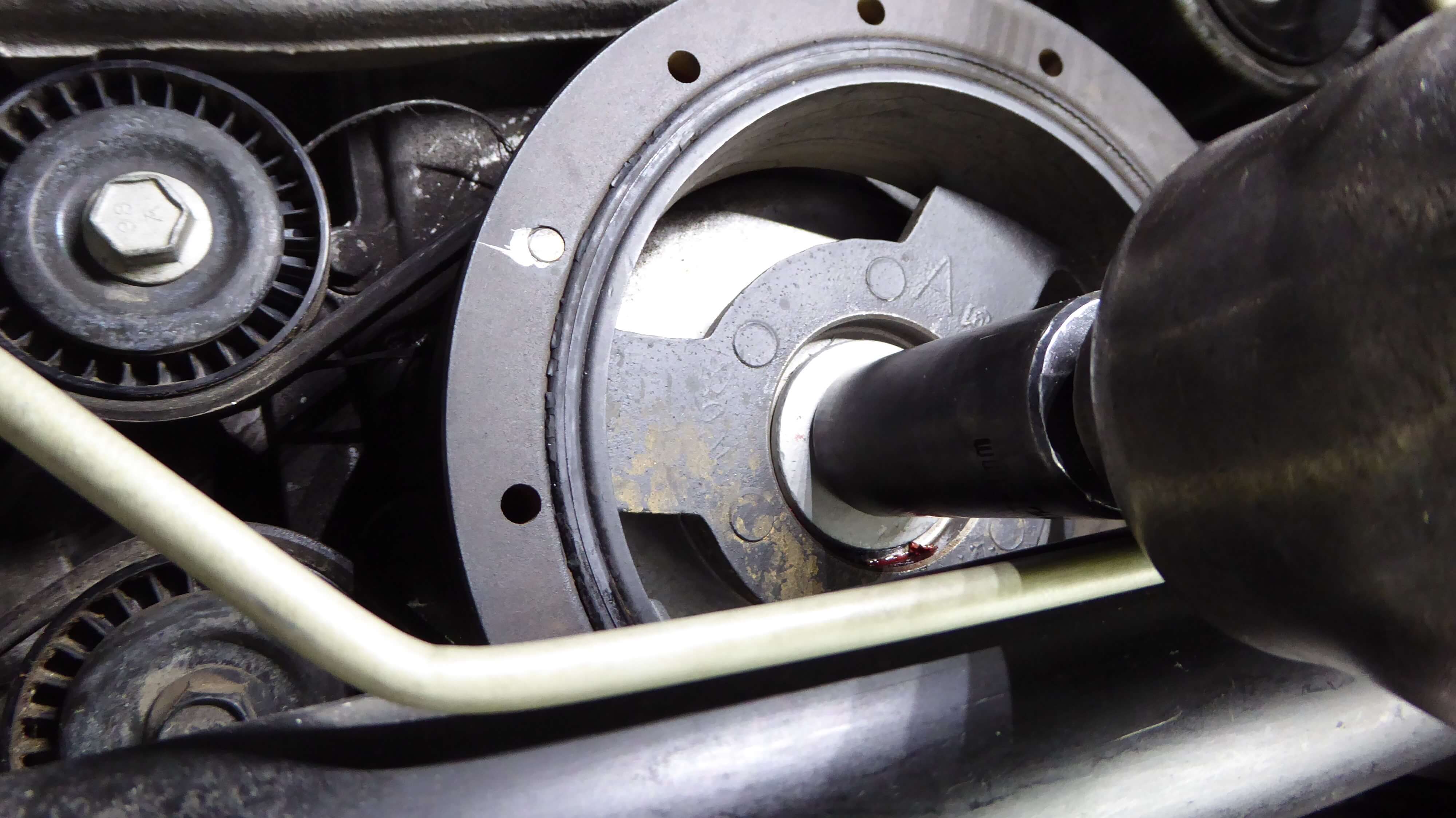
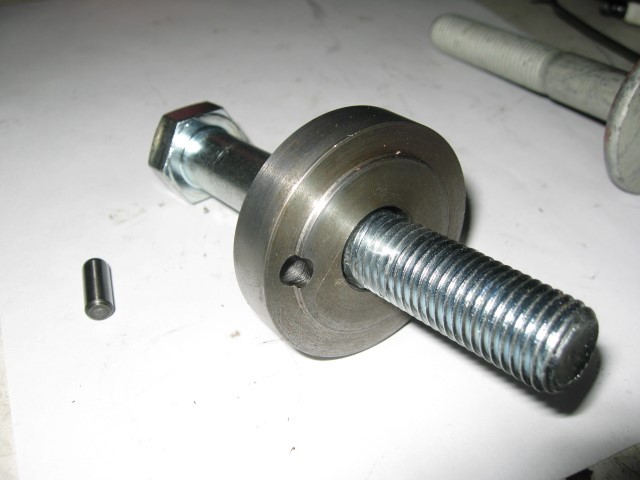
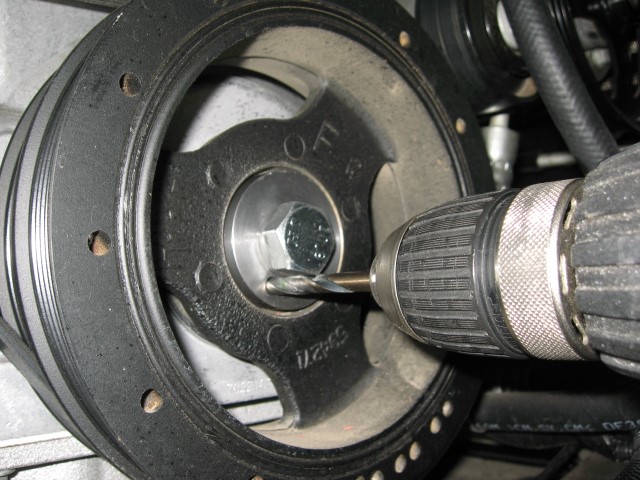
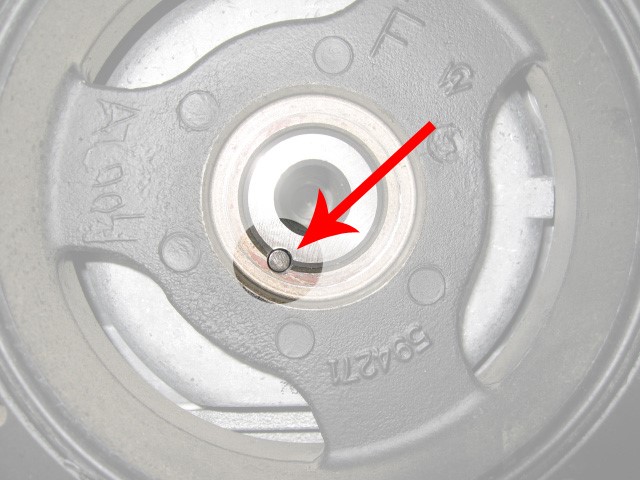
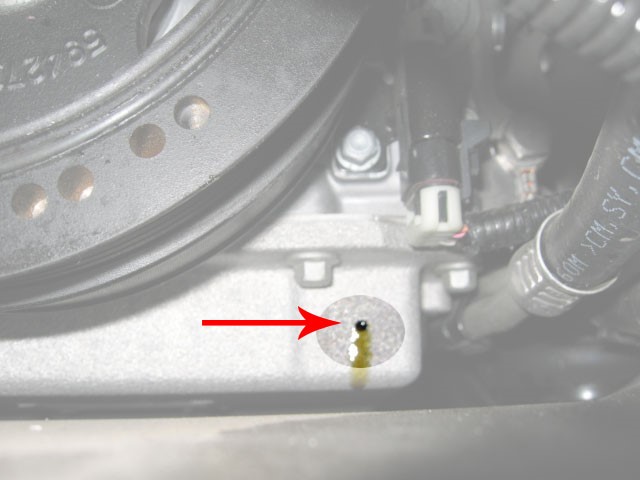
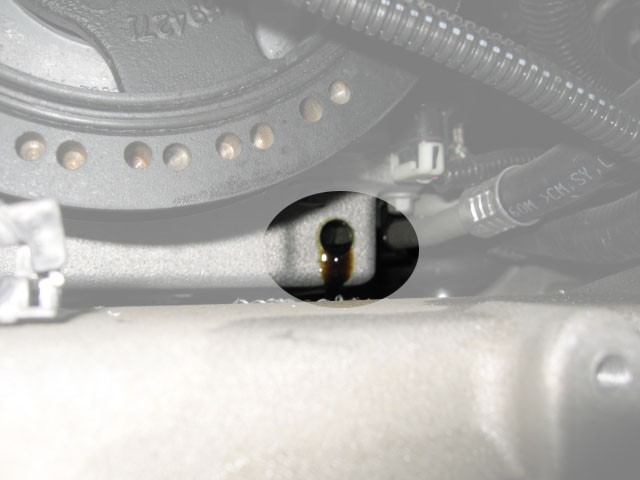
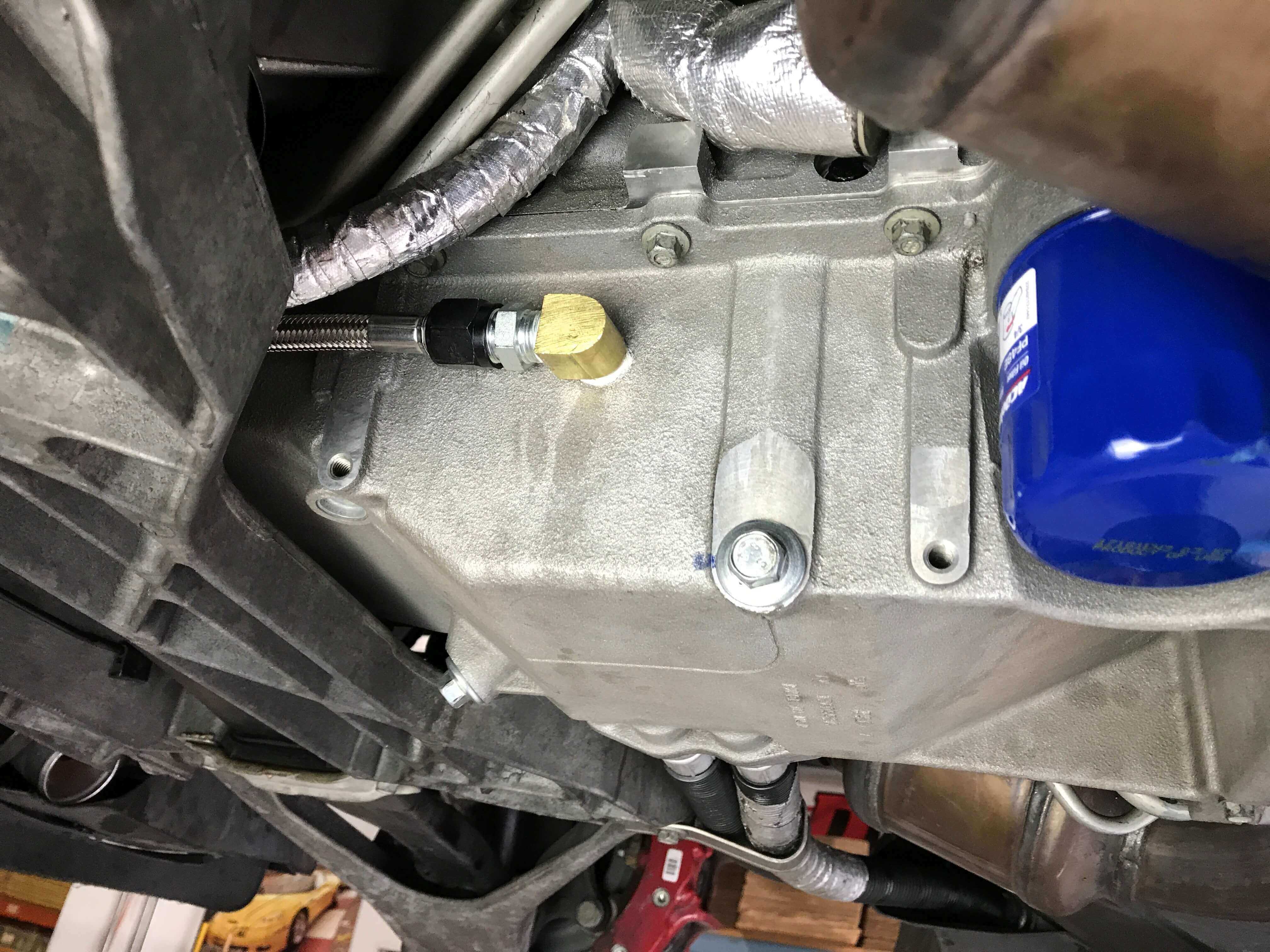
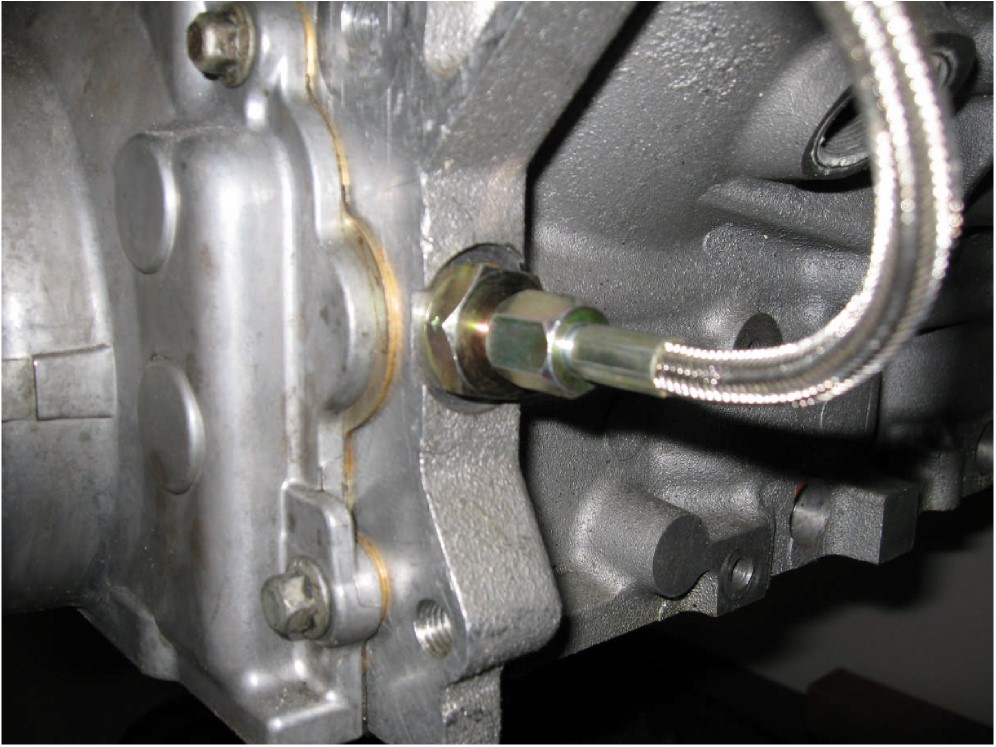
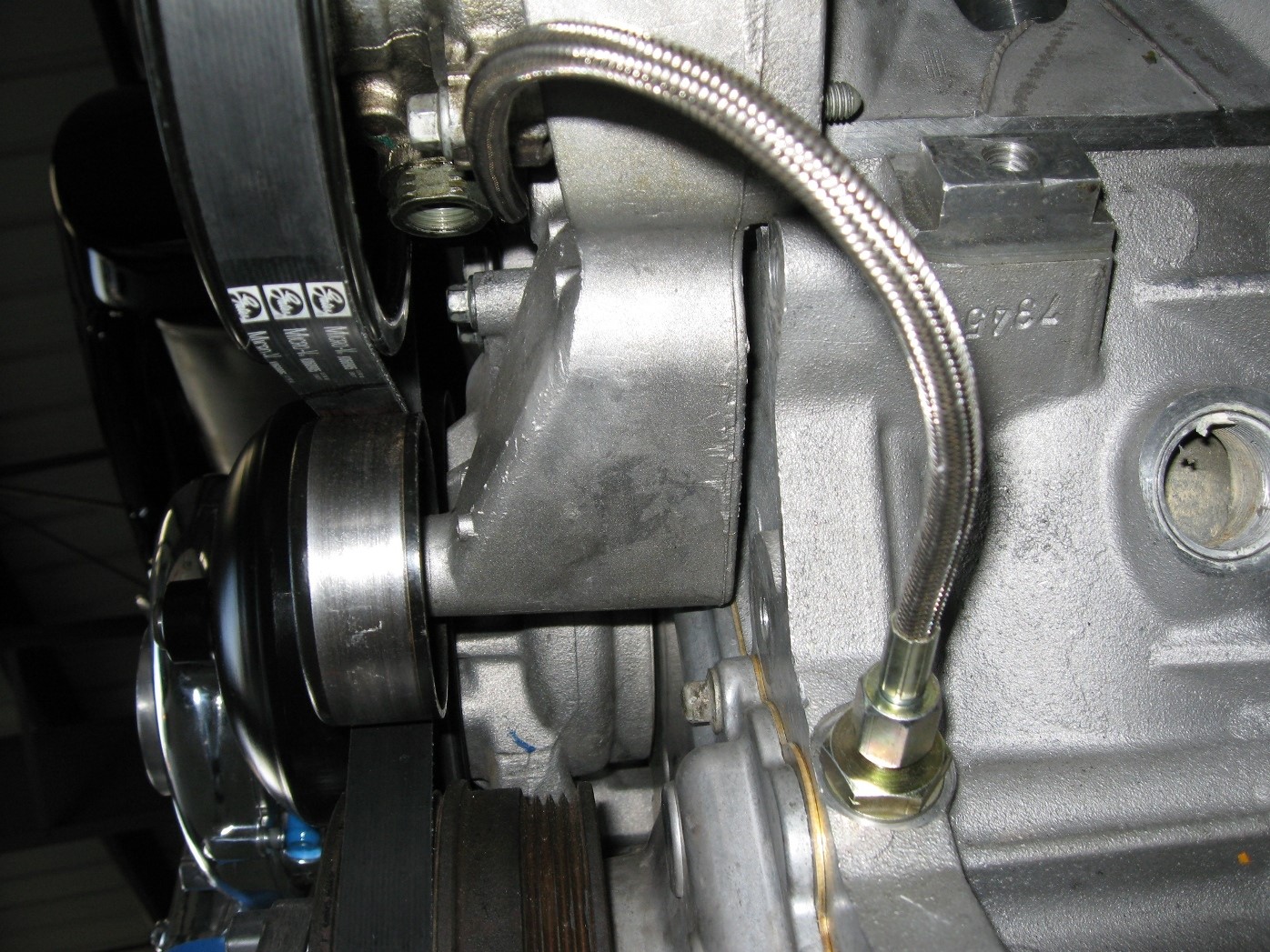

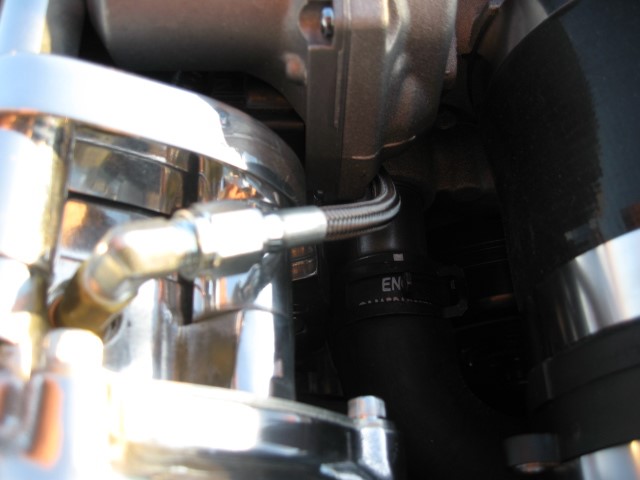
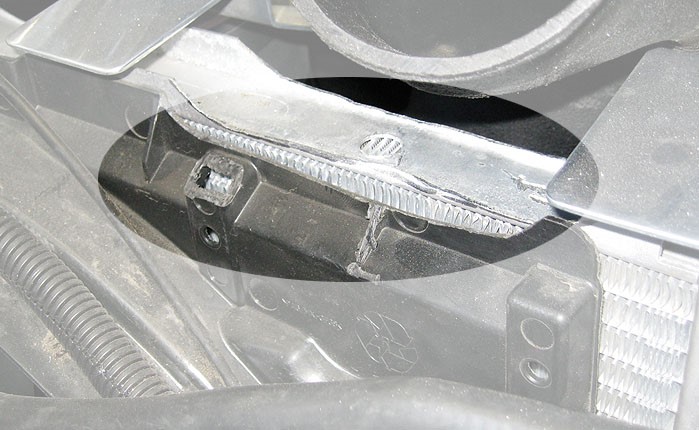
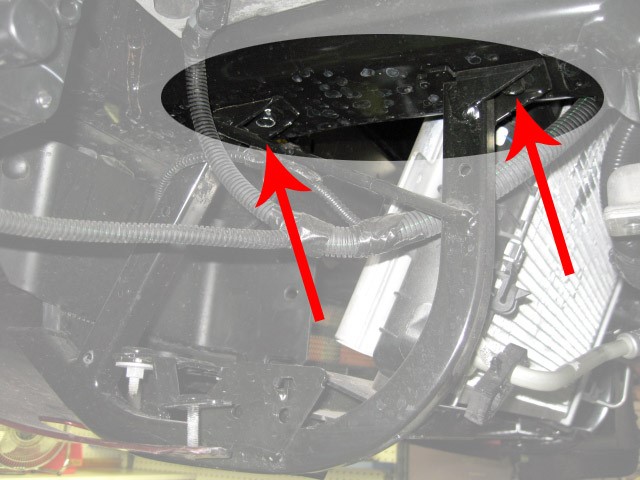
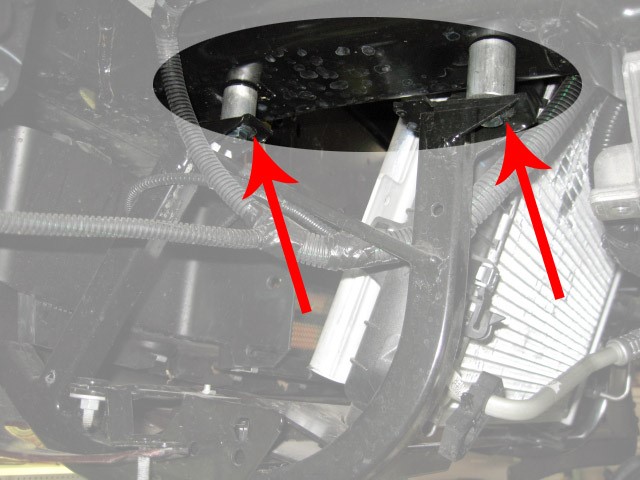
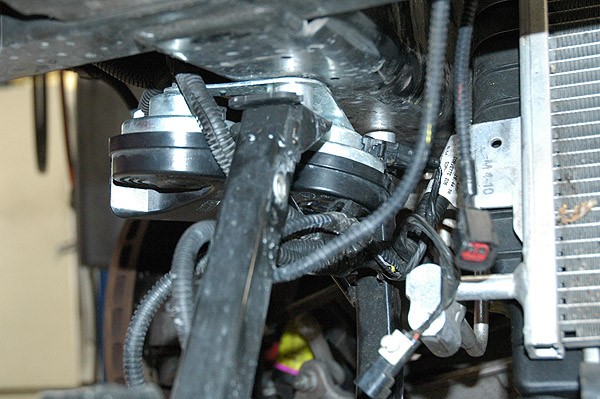
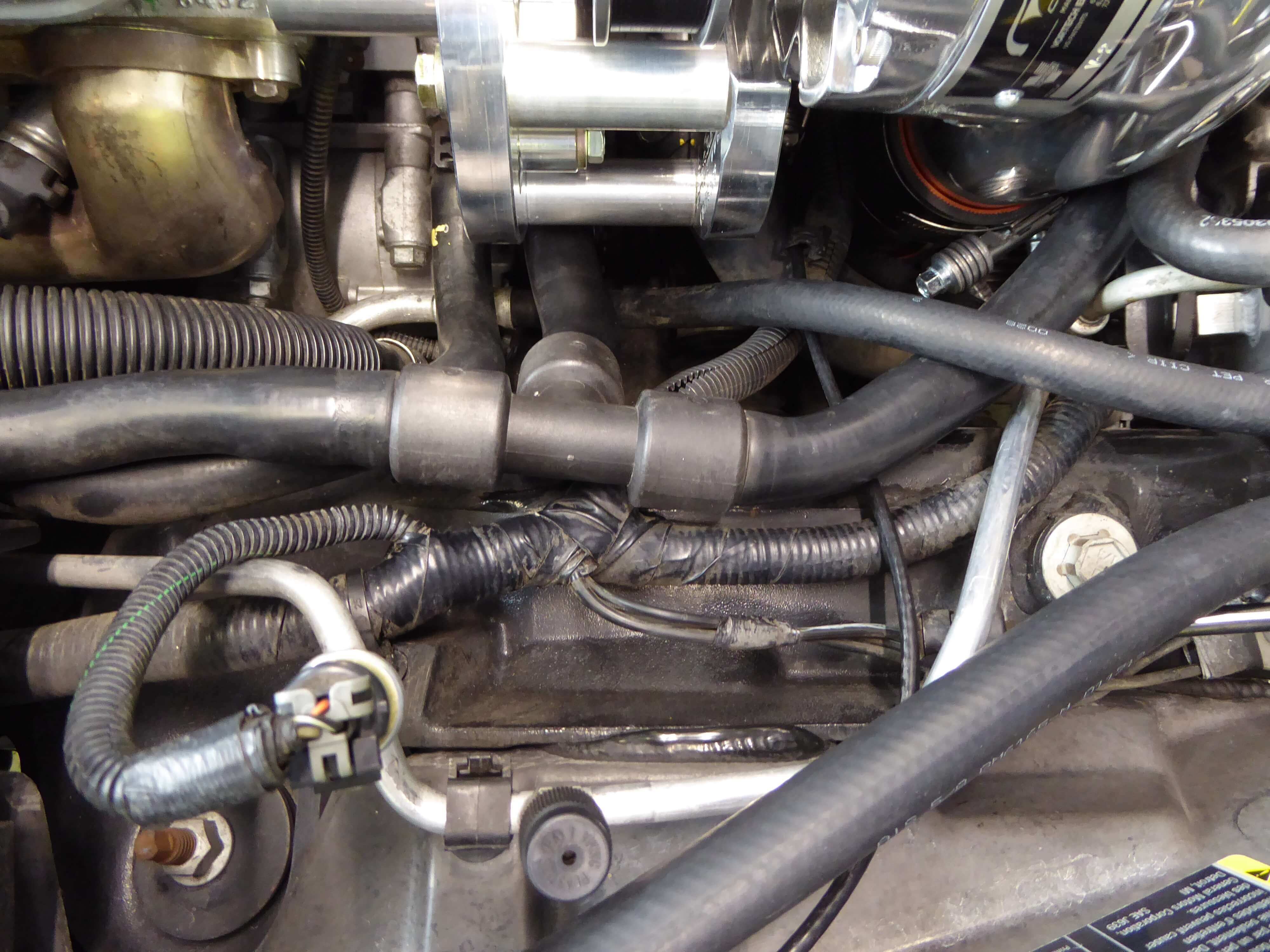
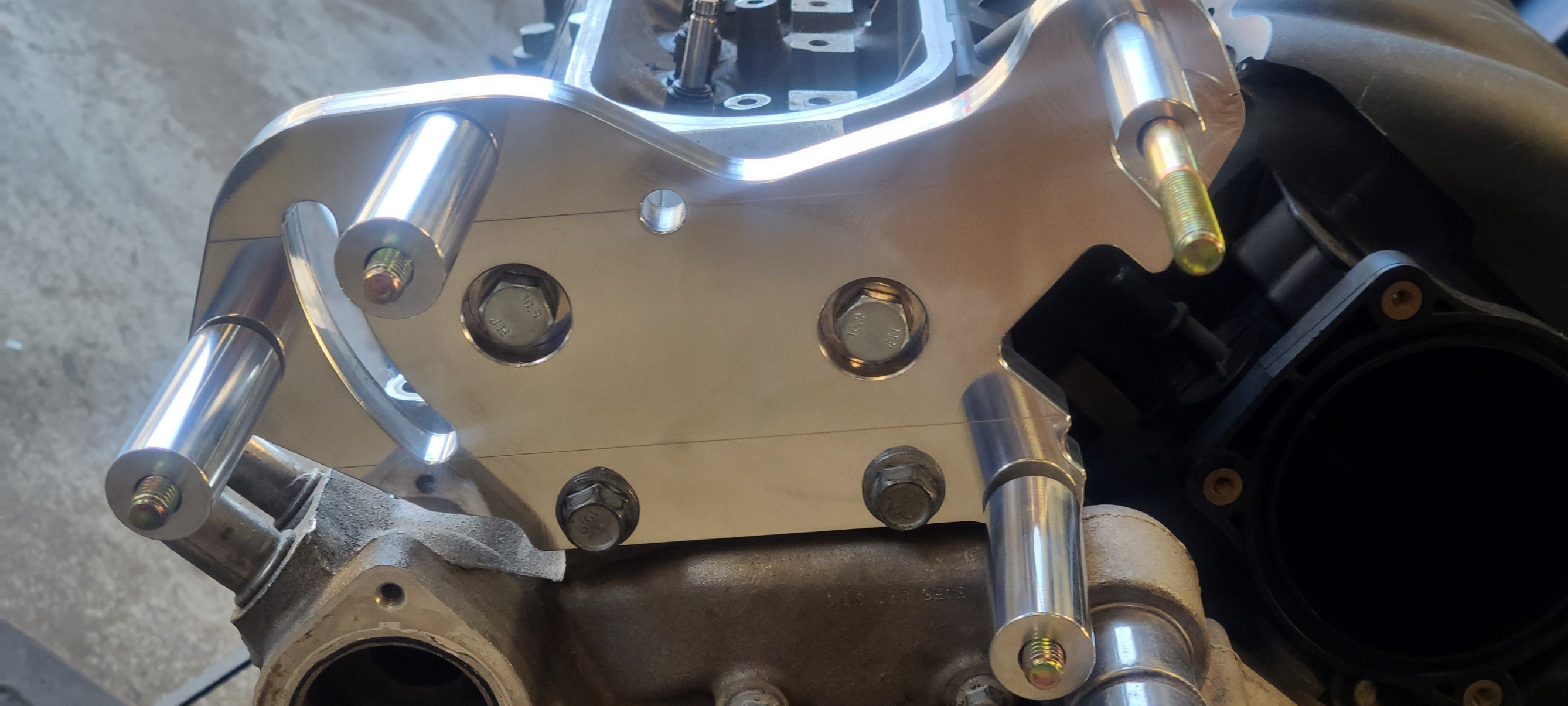



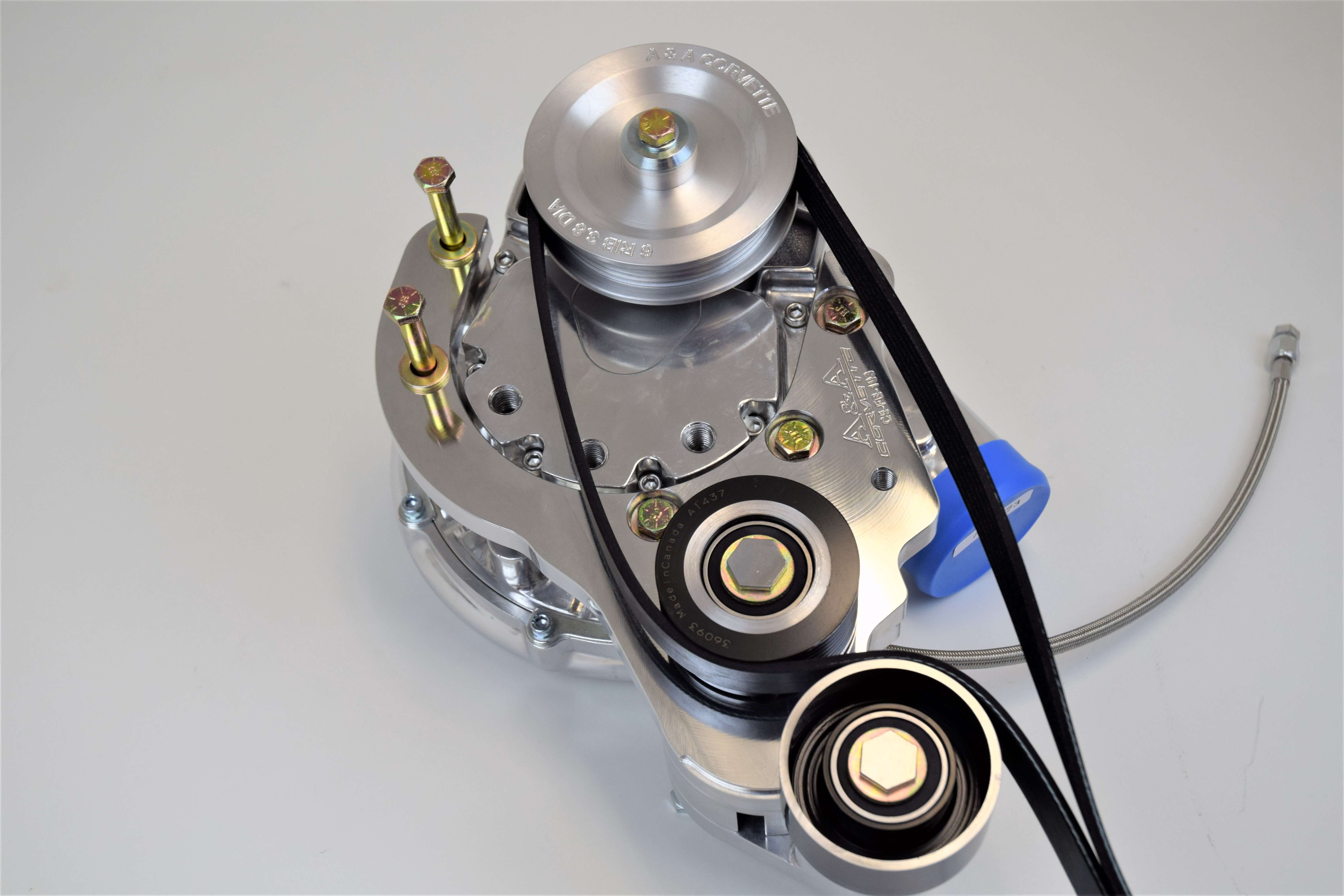
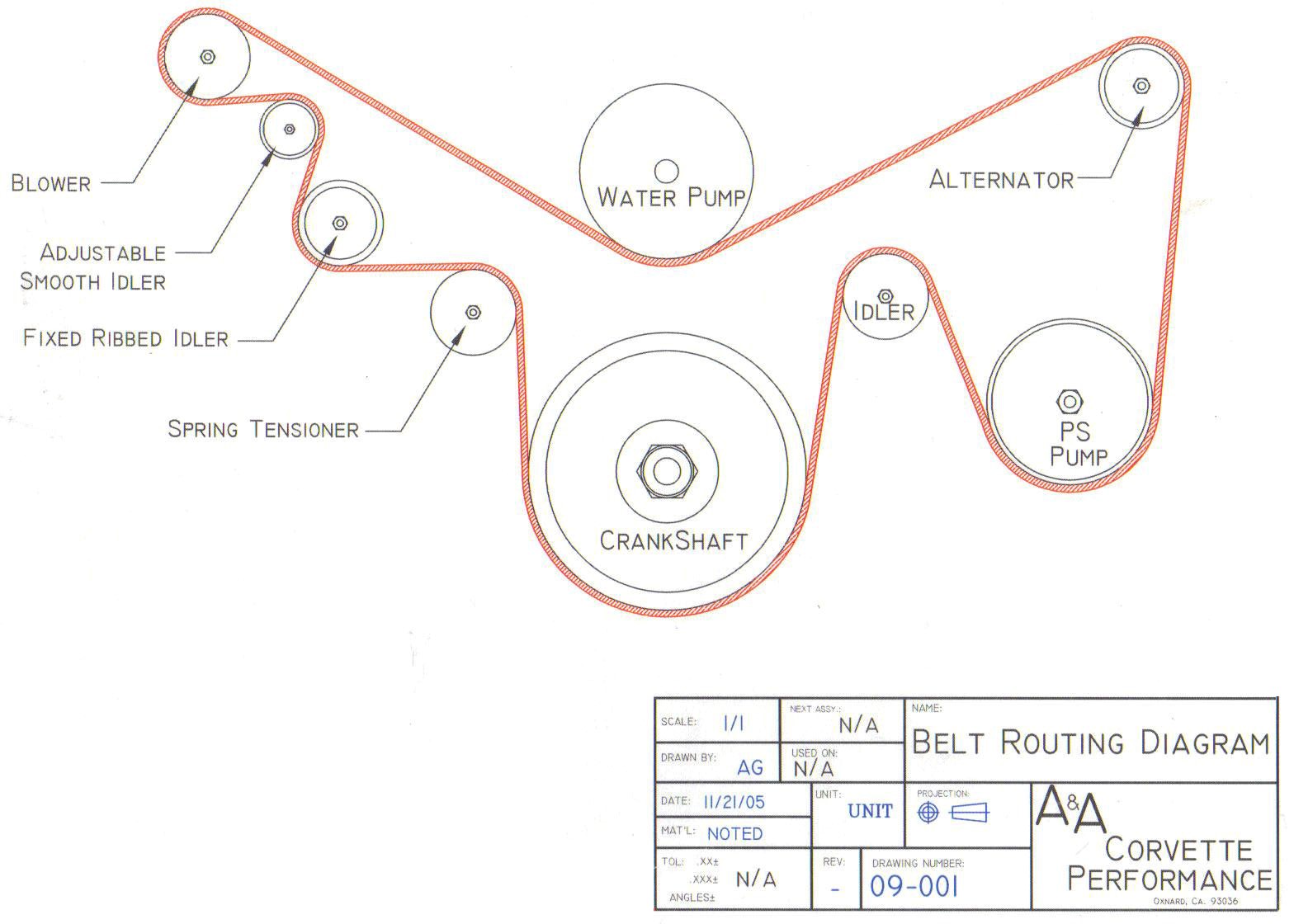
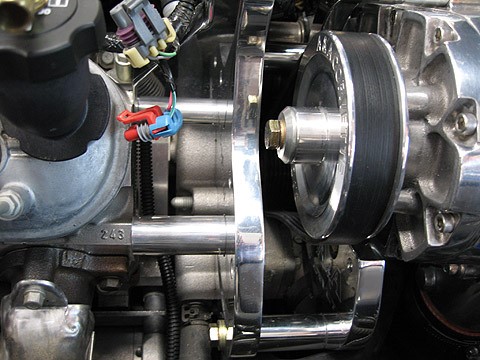



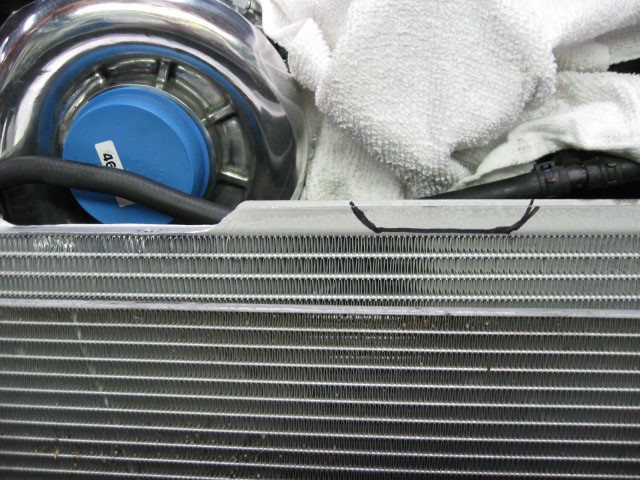
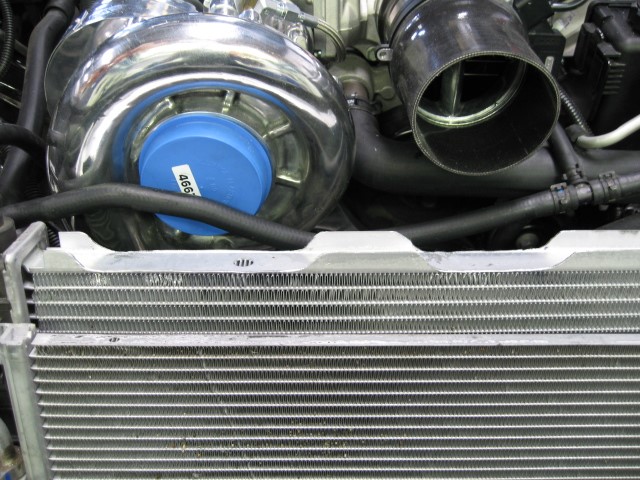

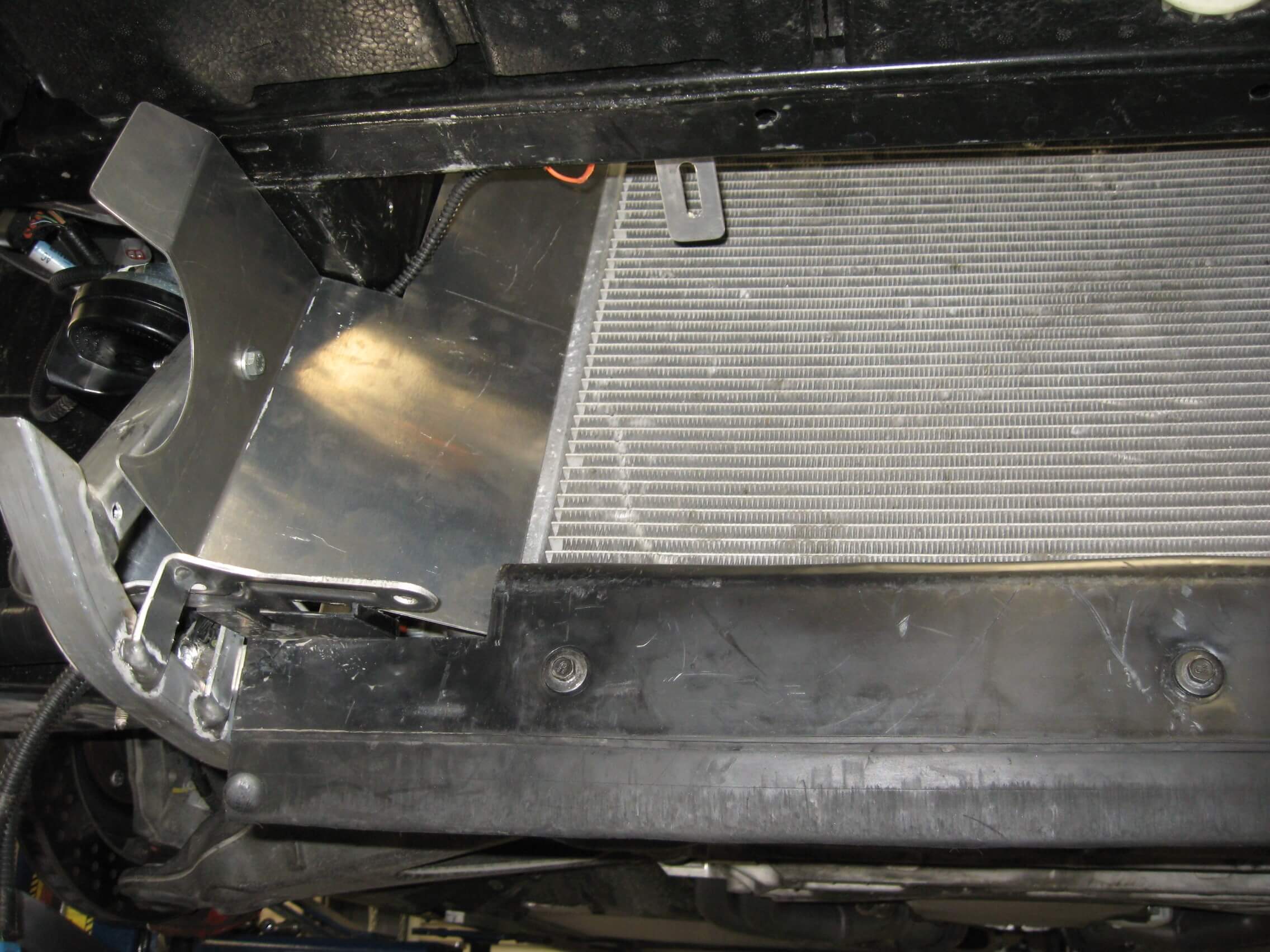



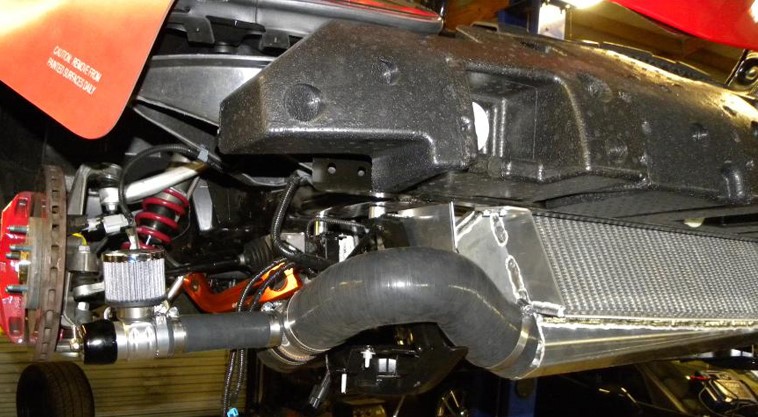

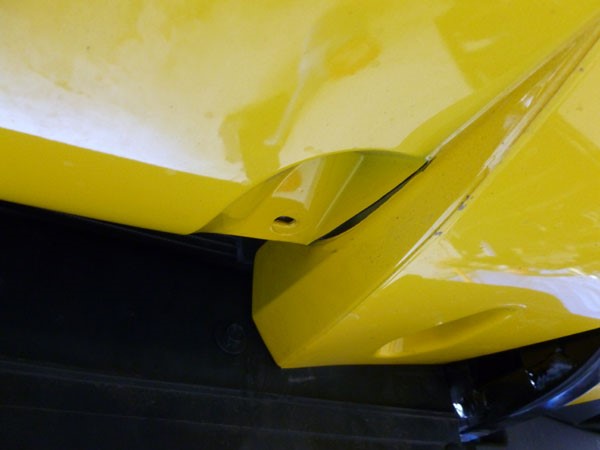
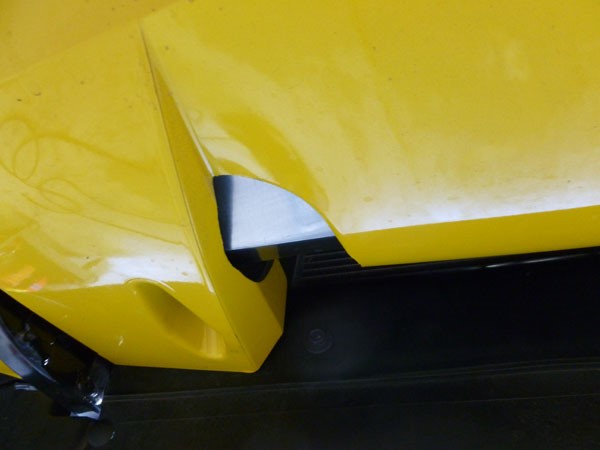

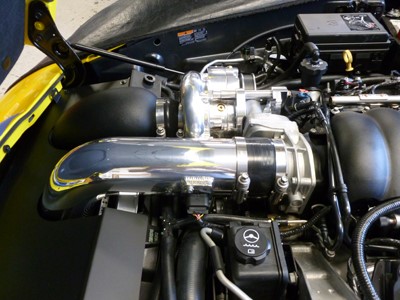

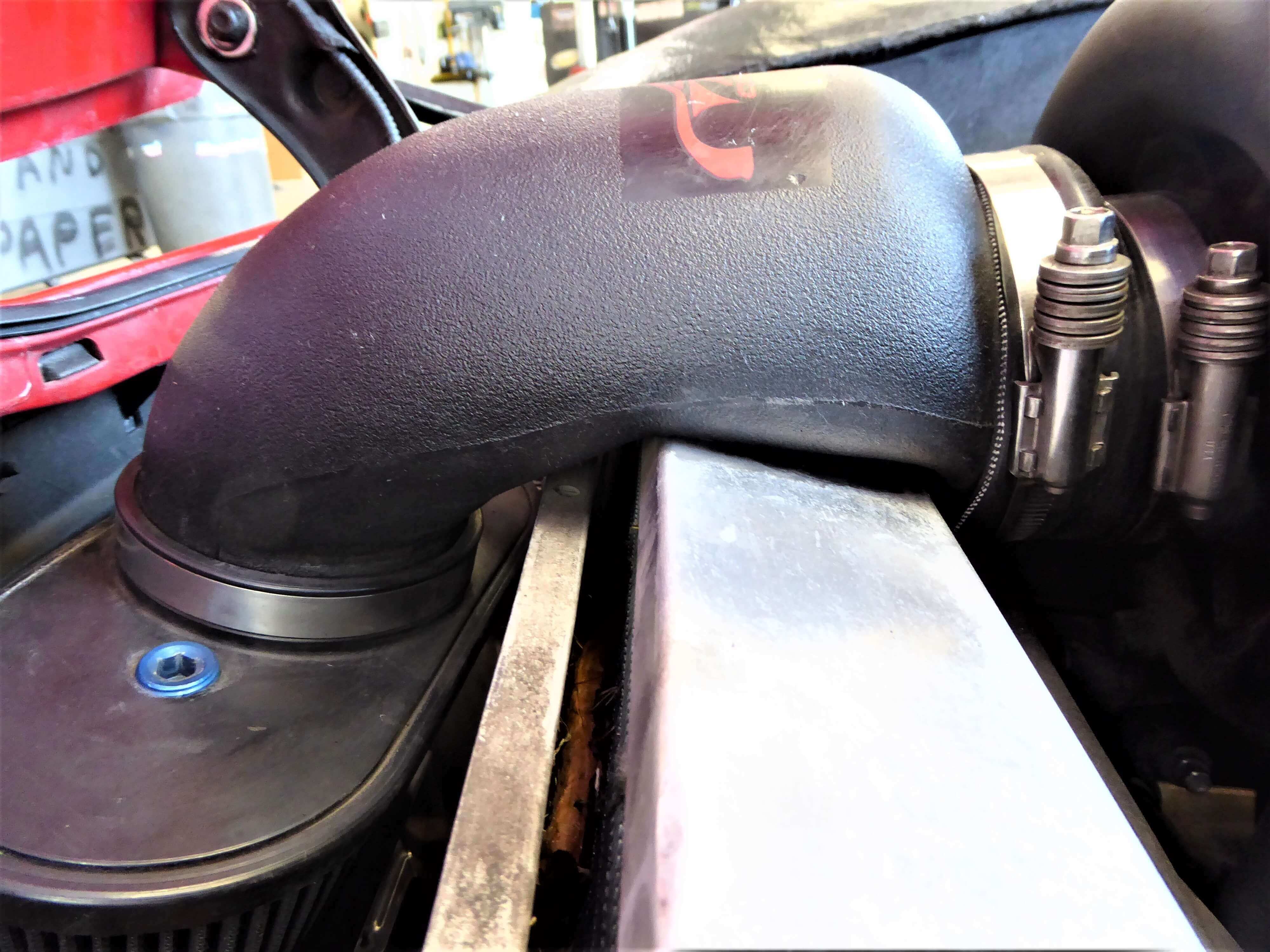

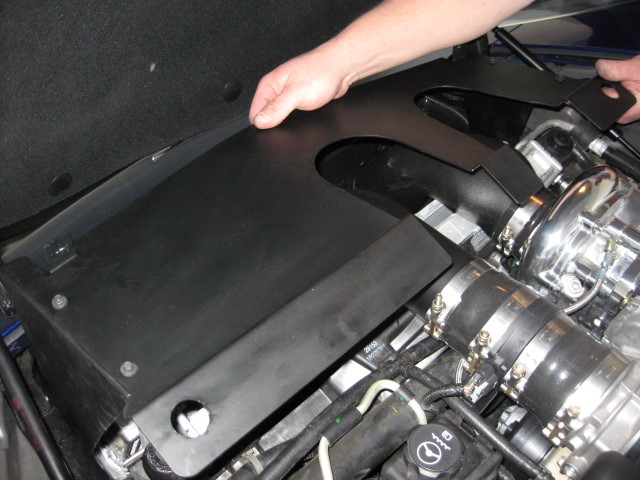
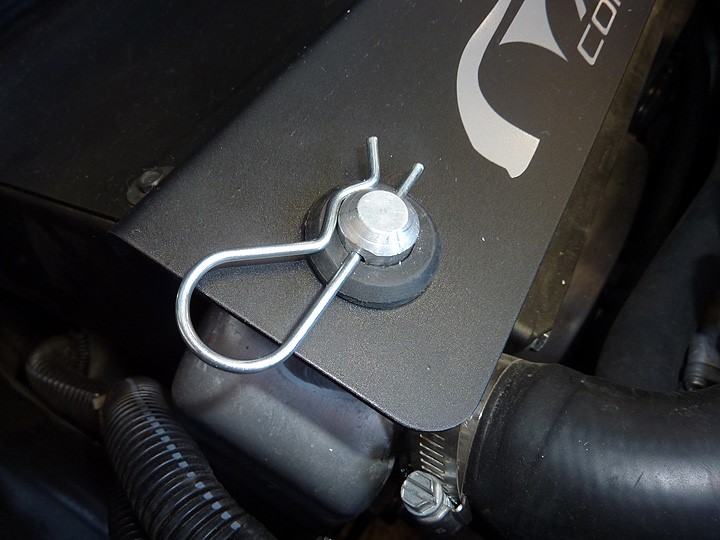
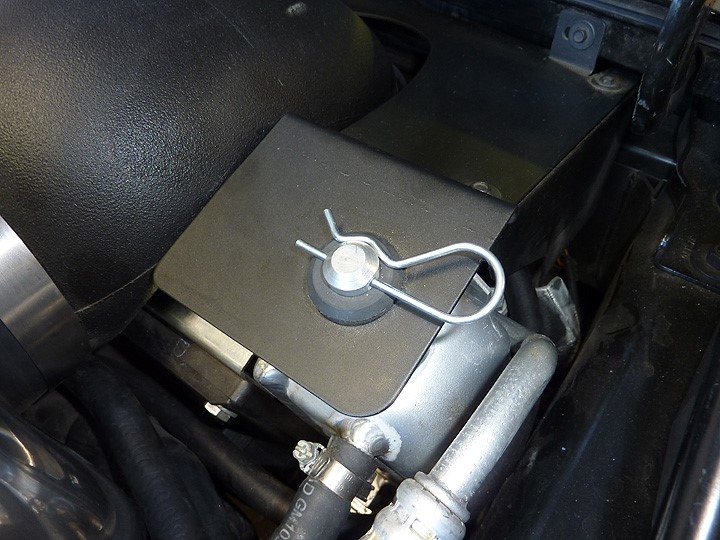
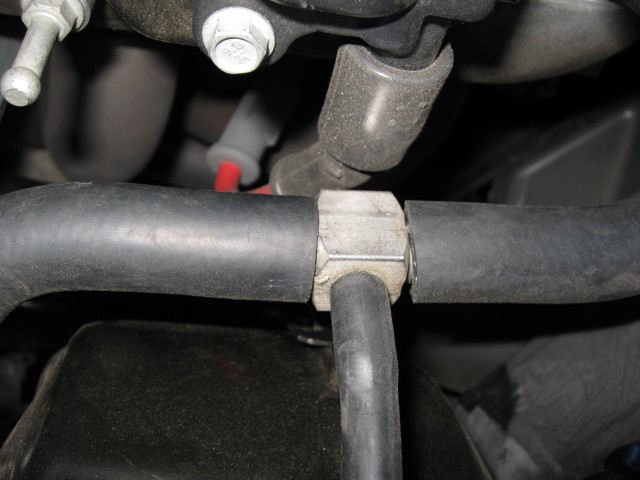

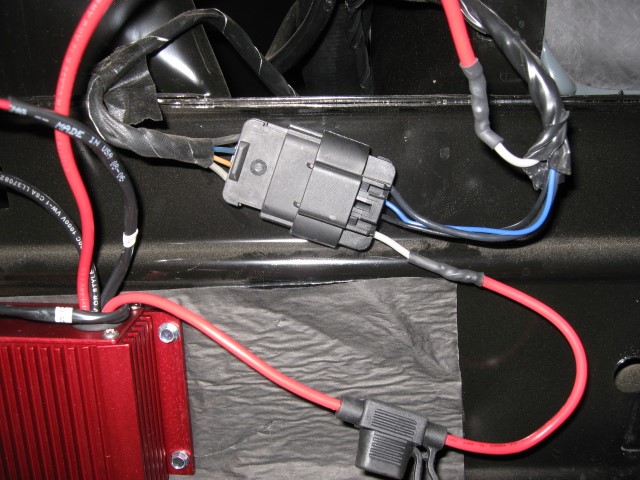
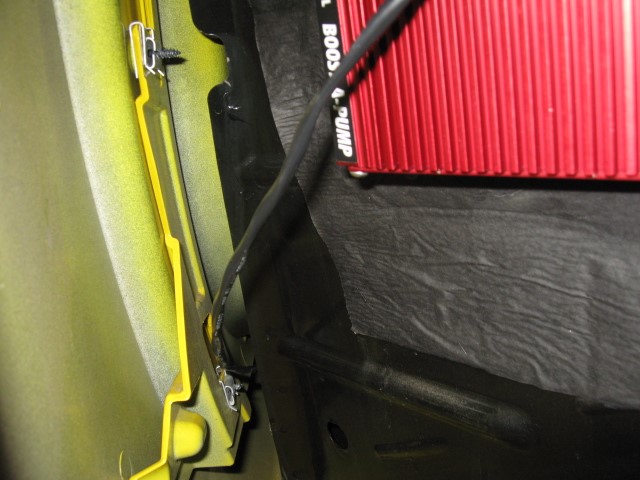

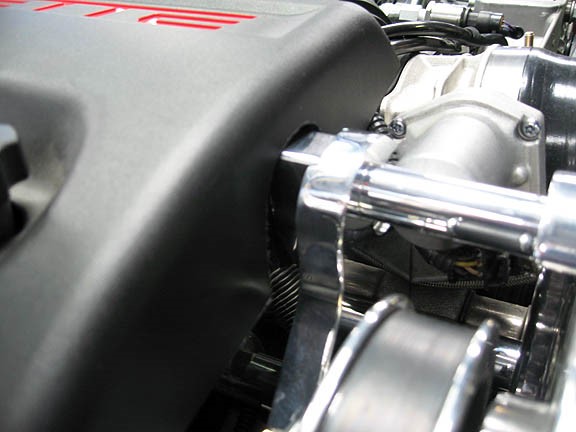
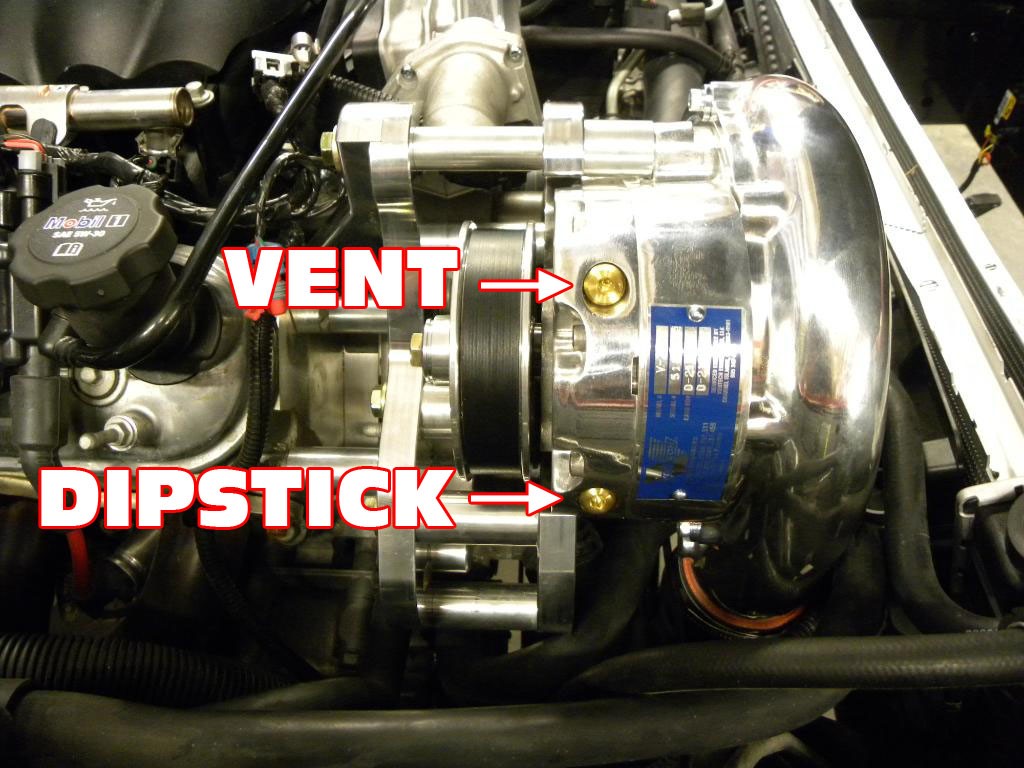
| K060900 | K060905 | K060910 | K060915 | |
|---|---|---|---|---|
| 3.40” | BEST FIT | |||
| 3.60" | BEST FIT | |||
| 3.80" | BEST FIT | |||
| 4.00" | BEST FIT |
| K080903 | K0809010 | K080922 | K080939 | |
|---|---|---|---|---|
| 3.125” | BEST FIT | |||
| 3.33" | BEST FIT | |||
| 3.47" | BEST FIT | |||
| 3.60" | BEST FIT | |||
| 3.80" | BEST FIT | |||
| 4.00" | BEST FIT |
We want you to have the best experience possible when dealing with us both before and after the sale. You can always talk to a sales manager, the owner and head designer, or one of our techs who is infinitely knowledgeable on how the products operate and are installed. You won’t get a minimum wage customer service rep that knows nothing outside his or her script. You’ll get great advice based on many years of experience every time.
We’re happy to help you with your DIY install questions or product inquiries even after hours. The phones forward to either a Manager or Owner to help with both. Remembering that we are on Pacific time, you can generally get help until 9PM on weekdays and weekends alike. It’s something we started when the company was very young and have found it to be an invaluable resource to our customers.
SHARE THIS PAGE!